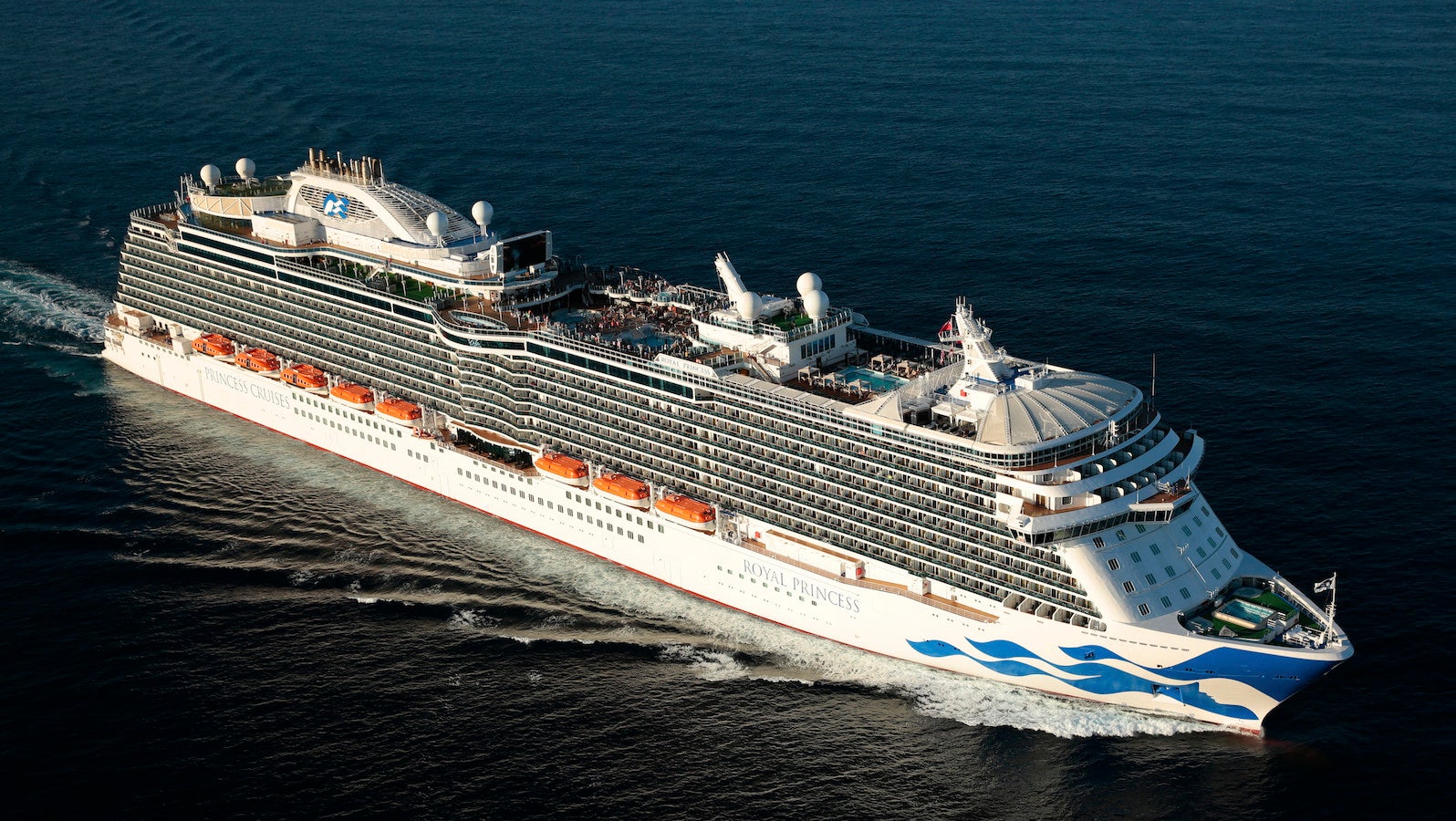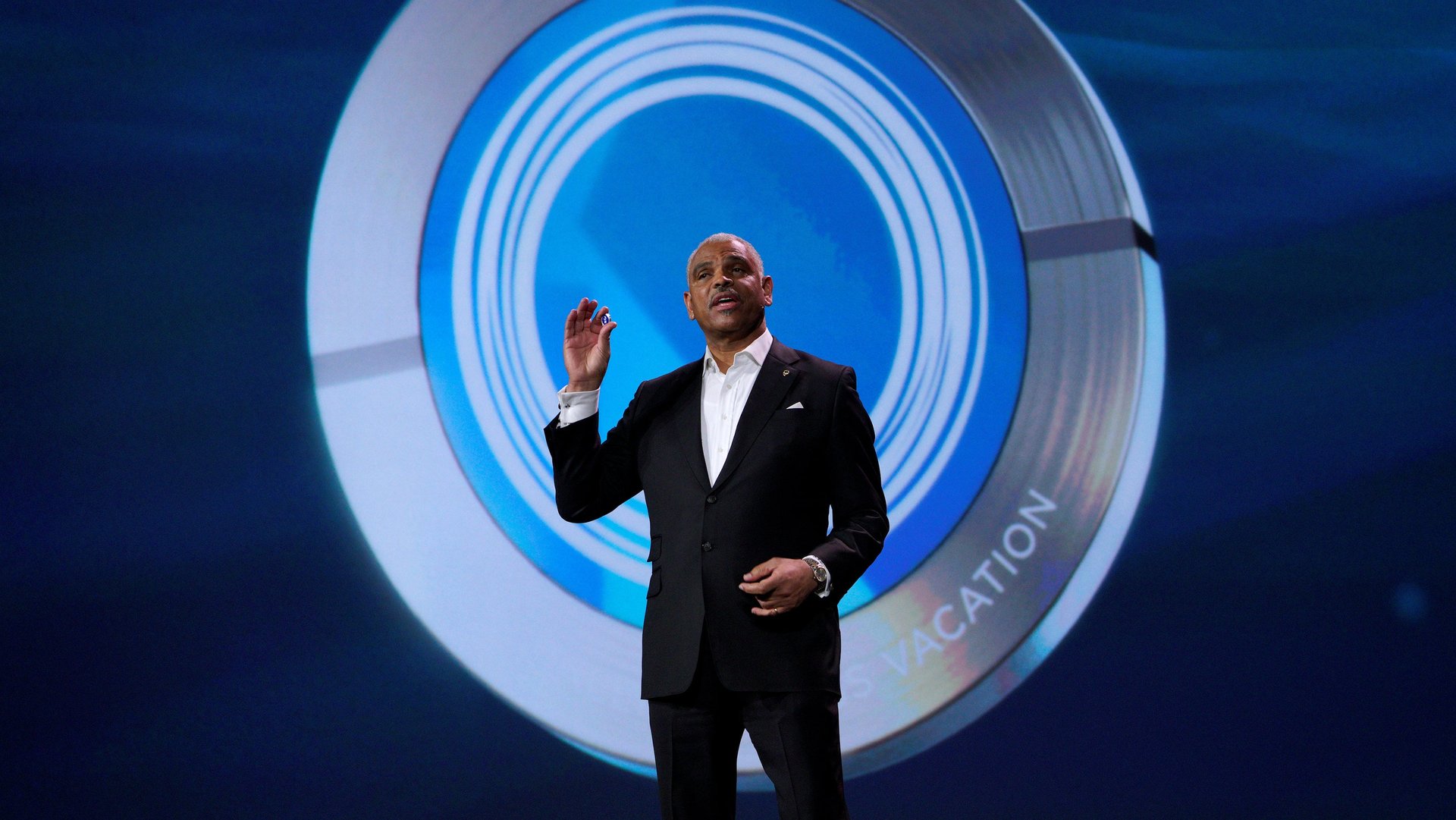Can Carnival possibly make a cruise with thousands of passengers feel personable?
The formative years of many Gen-Xers included Saturday nights watching The Love Boat on TV. The hijinks on the high seas made cruising seem like a fun, sexy adventure, for passengers and crew alike.


The formative years of many Gen-Xers included Saturday nights watching The Love Boat on TV. The hijinks on the high seas made cruising seem like a fun, sexy adventure, for passengers and crew alike.
Then we grew up and realized the truth. A real-life cruise means being on a ship with hundreds if not thousands of people having the same vacation you are. It is not personal, and it holds the risk of getting elbowed by elderly passengers on the buffet line.
And then came the Poop Cruise. In 2013, an engine fire aboard the Carnival Triumph cruise ship resulted in a power outage that compromised sanitation. The ship drifted for four days before it was towed back to shore. By then, the damage was done; the newly christened Poop Cruise became infamous.
It was devastating for the image of Carnival, the world’s largest cruise company, with 100 ships operating under 10 brands. Cruising is supposed to be, at the very least, easy and pleasant. You may not get that unique, special adventure climbing the Andes or sleeping on the beach in Bali, but you get something predictable. The Poop Cruise was anything but.
Cruising also faced a more existential challenge. According to a 2014 Eventbrite survey (pdf), 78% of 18- to 34-year-olds would rather spend their money on experiences rather than things, which should be good for travel businesses. But they also crave personalization, both to create their own positive, lasting memories and to impress friends and family watching them document their experiences on social media.
Carnival needed a change.
Shortly after the Poop Cruise, the company replaced CEO Micky Arison with Arnold Donald, who recruited John Padgett to be Carnival’s chief experience and innovation officer. Padgett previously worked for Disney, where he was instrumental in the creation of the MagicBand, a wristband meant to help reduce the aggravations of the typical Disney vacation. It was one of the first wearable technologies.
With the MagicBand, users can simply land in Orlando and make their way to the shuttle that is waiting for them, without even having to worry about their luggage. There are no park tickets, lines for popular rides, or need to carry cash or credit cards. “What made the MagicBand special,” Padgett says, “was it was the first thing created to do nothing that did everything. It did not have features or a screen, it has no on-off switch. You do nothing but wear it.”
At Carnival, Padgett and his team quickly set out to create Carnival’s own version of the Disney MagicBand, called the Ocean Medallion. It uses AI to take the MagicBand technology to another level. Instead of just alleviating the “friction” of typical travel experiences (lines, room keys, paying for things) it will use data to anticipate what you want to do, eat, and see.
“The premise behind the creation of MagicBand was to change how guests experienced their vacation, not what they are experiencing,” Padgett says. “I had this hypothesis that you could maximize guests’ experiences by personalizing the experience, to increase the value of the experience while simultaneously decreasing friction so they can experience more.”
It’s like what Uber did for black cars
The Medallion, offered first on Carnival’s Princess cruise line, is about the size of a quarter. You can keep it in a pocket or handbag, or buy accessories like sports bands or lanyards so that the token can be worn as a bracelet, necklace, or pendant.
It’s similar to the MagicBand in that it has information on you even before you step on the ship. It facilitates boarding and cuts down on wait times. It can be used to pay for things on the cruise, it unlocks the door to your room as you approach, and can be used on the ship-wide gambling platform.
Carrying the Medallion means the staff knows your name and where you are. If you order a drink, they can come find you to deliver it. If you go to another bar on board, the staff already knows what you like. The Medallion also updates your information, keeping track of your likes and dislikes, what activities you enjoy, and what you consume. It anticipates other activities you’ll enjoy and the side trips you’ll want to take.
The Medallion promises the sort of personalized vacation millennials crave, and what passengers on the Love Boat always somehow seemed to get. Padgett says this level of service is normally available at only the most expensive hotels and spas, but the technology has the potential to democratize it for the masses. “It is similar to what Uber did for black cars,” he says.
Technology, especially AI, is normally presumed to replace people and face-to-face connections. But the Medallion does something different. Instead of replacing personal connections between passengers and human staff, the technology is being used to turbo charge those connections. Ideally, Padgett says, vacationers will feel known by crew members they just met. “Our goal is for technology to disappear in the entire equation and empower next level human interactions.”
Harder than it looks
Donald announced the Medallion with much fanfare in a keynote at the Consumer Electronics Show in Las Vegas last year, and he and Padgett greeted the first Medallion customers aboard the Regal Princess in November 2017. But the rollout is going very slowly. So far, the technology is only available on one ship to select customers.

A passenger on one of the first Medallion-powered cruises wrote in a review on CruiseCritic.com that she had to upgrade her room to become eligible for the Medallion, and found the technology to have limited functionality and its share of bugs. That said, “Macusr” remains excited about the technology, writing on CruiseCritic.com that “we still got a thrill as IT geeks at being the first Princess cruisers to have a Medallion. We know the next time we cruise on a Medallion class ship that we’ll get to have the full experience.”
The MagicBand rollout by Disney took four years; Carnival is only three years into the Medallion. But in many ways the technology is more complicated. The Walt Disney World Resort is close to 48 square miles, but it does not move. Cruise ships are in constant motion, all over the world. The Medallion needs to be in constant contact with the cloud, something that cruise ships aren’t powered to do. Carnival had to come up with the technology that made it possible. And even though the infrastructure is in place, the company is taking a a low-risk approach by phasing it in very slowly.
Carnival plans on having all of its Princess ships fully wired to handle the Medallions within the next several years. When it will be available on its other cruise lines remains unclear.
“When you are transforming a floating city, you have to consider the training of your crew, the communication to your guests, the staging of all the products and services, the coordination of all the technology—it is endless, all the factors you have to consider,” Padgett says.
In many ways the Medallion is a beta launch of the first fully wired smart city. What it takes to make it work could one day be used on land. Padgett says the technology is innovative because the preferences you reveal are updated in real time. You order a Martini and every crew member on the ship instantly knows more information about you, and is that much closer to determining whether you might enjoy trying scuba diving—or just kicking back in your stateroom with an old episode of The Love Boat.